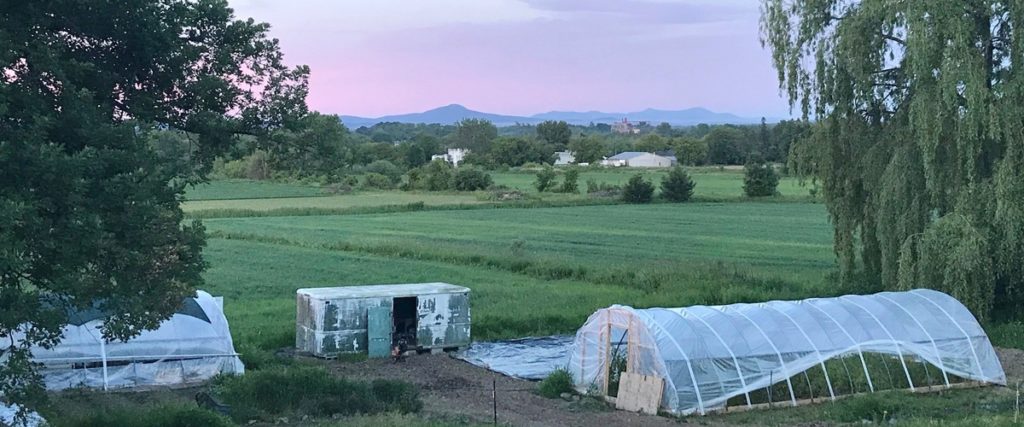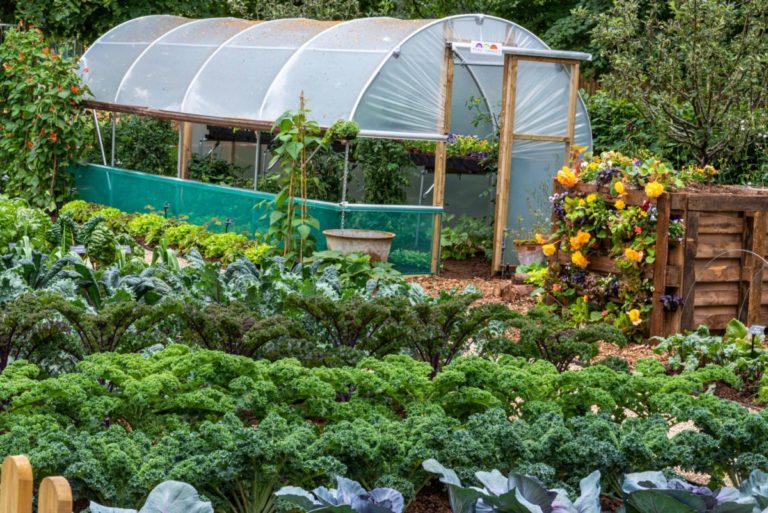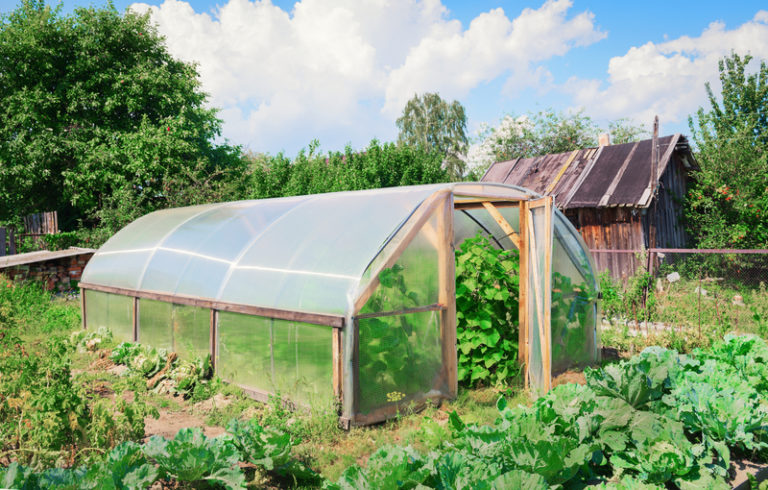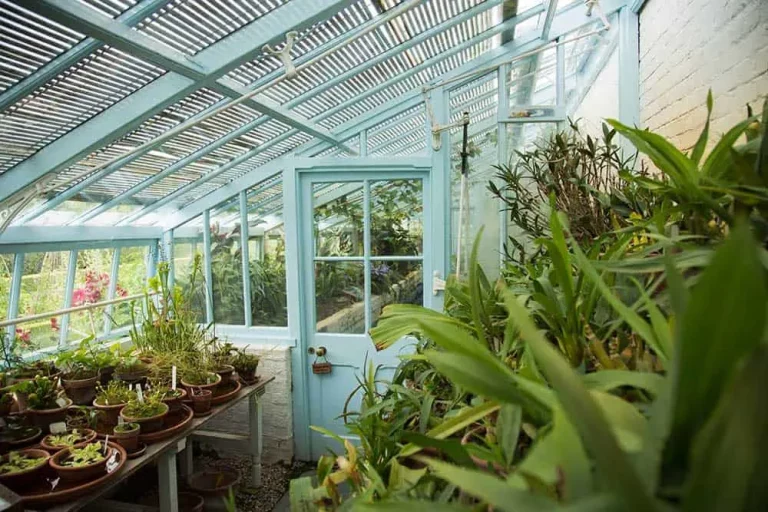Are you tired of limited harvest seasons and expensive heating bills?
Do you dream of growing your own fresh produce all year round, even in the scorching desert climate?
Look no further!
With a passive greenhouse design, you can achieve year-round yields without relying on costly electricity or fossil fuels.
By leveraging natural solar radiation and minimizing energy input, you’ll be able to cultivate delicious and nutritious crops even in the hottest of desert environments.
Let’s explore how to build a passive greenhouse for year-round produce in the desert, starting with the fundamentals of good design and ending with a step-by-step guide to construction.
Choose the right location
Look for a spot that receives at least 6 hours of direct sunlight per day and is protected from harsh winds.
Look for a spot that receives at least 6 hours of direct sunlight per day, as this will provide the necessary light and warmth for your crops to thrive.
It’s important to select a location that is protected from harsh winds, as wind can quickly dry out soil and damage delicate plants.
When evaluating a potential location, consider the direction the sun rises and sets, as well as any natural barriers such as rocks or trees that could protect your farm from wind and provide shade when needed.
It’s also important to consider the soil quality and moisture levels in the area, as well as any nearby sources of water.
With careful consideration of these factors, you can find the perfect location for your offgrid desert farm, setting yourself up for success in this unique and rewarding farming experience.
Use a south-facing orientation
This will ensure maximum sunlight exposure for your plants.
When designing an offgrid desert farm, it’s essential to prioritize maximizing sunlight exposure for your plants.
A south-facing orientation is ideal for this purpose, as it ensures that your crops will receive the most direct and consistent sunlight throughout the day.
This is particularly important in desert regions, where sunlight is scarce and the temperature can be extreme.
By orienting your farm southward, you’ll be able to take advantage of the warmest and most sun-drenched areas of the day, which will not only promote healthy plant growth but also reduce the risk of frost damage during the night.
A south-facing orientation will allow you to harness the power of passive solar design, which can help regulate temperature and humidity levels within your farm, further enhancing the growth and productivity of your crops.
Employ passive solar design
Incorporate features like thermal mass walls, passive solar heating and cooling, and shading devices to maintain a consistent temperature and humidity level inside the greenhouse.
Employing passive solar design is a important aspect of offgrid desert farming, as it enables the greenhouse to maintain a consistent temperature and humidity level while minimizing the use of energy-intensive heating and cooling systems.
Passive solar design strategies such as thermal mass walls, passive solar heating and cooling, and shading devices can help to regulate the interior climate of the greenhouse.
Thermal mass walls, which are made of materials that absorb and store heat, can help to maintain a consistent temperature during both day and night.
Passive solar heating and cooling systems, such as clerestory windows and evacuated tubes, can harness the natural power of the sun to warm the greenhouse during the winter months, while also providing natural ventilation to cool the space during the summer.
Shading devices, such as louvers or overhangs, can be used to reduce direct sunlight during the hottest parts of the day, minimizing the need for artificial cooling systems.
By incorporating these passive solar design elements, offgrid desert farmers can create a self-sustaining greenhouse ecosystem that is both environmentally friendly and cost-effective.
Insulate the greenhouse
Use materials like polycarbonate, double-glazed windows, and insulated curtains to reduce heat loss and maintain a consistent temperature.
Insulation is a important aspect of offgrid desert farming, as it helps to reduce heat loss and maintain a consistent temperature within the greenhouse.
This is particularly important in arid regions where the outside temperature can fluctuate greatly between day and night, and where extreme heat and cold can have a significant impact on plant growth.
To effectively insulate a greenhouse, consider using materials like polycarbonate, double-glazed windows, and insulated curtains.
Polycarbonate is a durable and lightweight material that provides excellent insulation against both heat and cold, and can be used for the roof and walls of the greenhouse.
Double-glazed windows, on the other hand, offer improved thermal insulation and can help to reduce heat loss during cold nights.
Insulated curtains can also be used to further enhance the greenhouse’s insulation properties, particularly during extreme weather conditions.
By incorporating these insulation materials and techniques into your offgrid desert farming operations, you can create a more stable and productive growing environment for your plants.
Use a drip irrigation system
This water-saving system delivers water directly to the roots of the plants, reducing evaporation and runoff.
Using a drip irrigation system is an excellent way to optimize water use in offgrid desert farming.
Unlike traditional sprinkler systems, which waste a significant amount of water through evaporation and runoff, drip irrigation delivers water directly to the roots of the plants.
This precision approach ensures that the water is used only by the plants, and none is wasted.
Drip irrigation systems are designed to release water slowly and consistently, providing plants with a steady supply of moisture throughout the day.
This not only helps the plants grow healthier and stronger, but it also reduces the need for frequent watering, which can be a significant time-saver for offgrid desert farmers.
By implementing a drip irrigation system, farmers can save up to 50% of their water usage, while also increasing crop yields and reducing maintenance needs.
Overall, drip irrigation is an essential tool for offgrid desert farming, helping farmers to achieve sustainable and profitable agriculture in the harsh desert climate.
Implement shading and ventilation strategies
Use shade cloth, louvers, and vents to moderate the temperature and humidity inside the greenhouse, depending on the time of day and year.
In arid desert regions, it’s important to implement effective shading and ventilation strategies in your greenhouse to ensure optimal growing conditions for your crops.
The intense heat and sunlight can be challenging to manage, but with the right tools and techniques, you can create a conducive environment for plant growth.
Shade cloth, louvers, and vents can help regulate the temperature and humidity levels inside the greenhouse, depending on the time of day and year.
For instance, during the hottest parts of the day, you can use shade cloth to reduce the amount of direct sunlight entering the greenhouse, while allowing for some indirect light to still penetrate.
Louvers can be used to improve air circulation and ventilation, which can help prevent overheating and maintain a consistent temperature.
During cooler months, you can adjust the louvers and vents to allow for more sunlight and retain heat inside the greenhouse.
By implementing these strategies, you can create a more stable and productive offgrid desert farming setup.
By understanding how to manage these factors, farmers can create a more productive and stable growing environment for their crops.
The use of sustainable and renewable energy sources, such as solar power, can help minimize the carbon footprint of the setup and make it more environmentally friendly.
Grow a diverse range of crops
Select plants that are well-suited to the desert climate, such as leafy greens, herbs, and citrus trees.
Offgrid desert farming requires a thoughtful approach to crop selection, as not all plants thrive in the hot, dry conditions of the desert.
However, with careful planning and attention to detail, it is possible to grow a diverse range of crops that are well-suited to the desert climate.
One of the most important factors to consider when selecting crops for offgrid desert farming is the amount of water they require.
Leafy greens, such as kale, spinach, and collard greens, are excellent choices for desert farming because they are hardy and can thrive with minimal watering.
Herbs such as basil, rosemary, and thyme are also well-suited to the desert climate, as they are drought-tolerant and can add flavor and nutrition to a variety of dishes.
Citrus trees such as lemons and oranges are ideal for offgrid desert farming, as they require minimal water and can provide a bountiful harvest of fresh fruit.
By growing a diverse range of crops that are well-suited to the desert climate, offgrid desert farmers can ensure a sustainable and productive farm.
Monitor and adjust as needed
Keep track of the temperature, humidity, and light levels inside the greenhouse and make adjustments to the passive design elements as necessary to maintain optimal growing conditions.
Off-grid desert farming requires careful attention to detail and regular monitoring of the greenhouse environment to ensure optimal growing conditions.
This includes tracking the temperature, humidity, and light levels inside the greenhouse and making adjustments to the passive design elements as needed.
For example, if the temperature is running too hot or too cold, adjust the shading or insulation as needed to maintain a consistent and optimal temperature range for plant growth.
Similarly, if the humidity levels are too high or too low, adjust the ventilation or irrigation systems to maintain a healthy and balanced humidity level.
Keep an eye on the light levels inside the greenhouse and adjust the positioning of the plants or the lighting system as needed to ensure optimal light exposure for optimal growth.
By regularly monitoring and adjusting the passive design elements, you can ensure that your off-grid desert farming setup is running smoothly and efficiently, and that your plants are receiving the best possible growing conditions.
Want More? Dive Deeper Here!
Hey there! If you’re the type who loves going down the rabbit hole of information (like we do), you’re in the right spot. We’ve pulled together some cool reads and resources that dive a bit deeper into the stuff we chat about on our site. Whether you’re just killing time or super into the topic, these picks might just be what you’re looking for. Happy reading!






